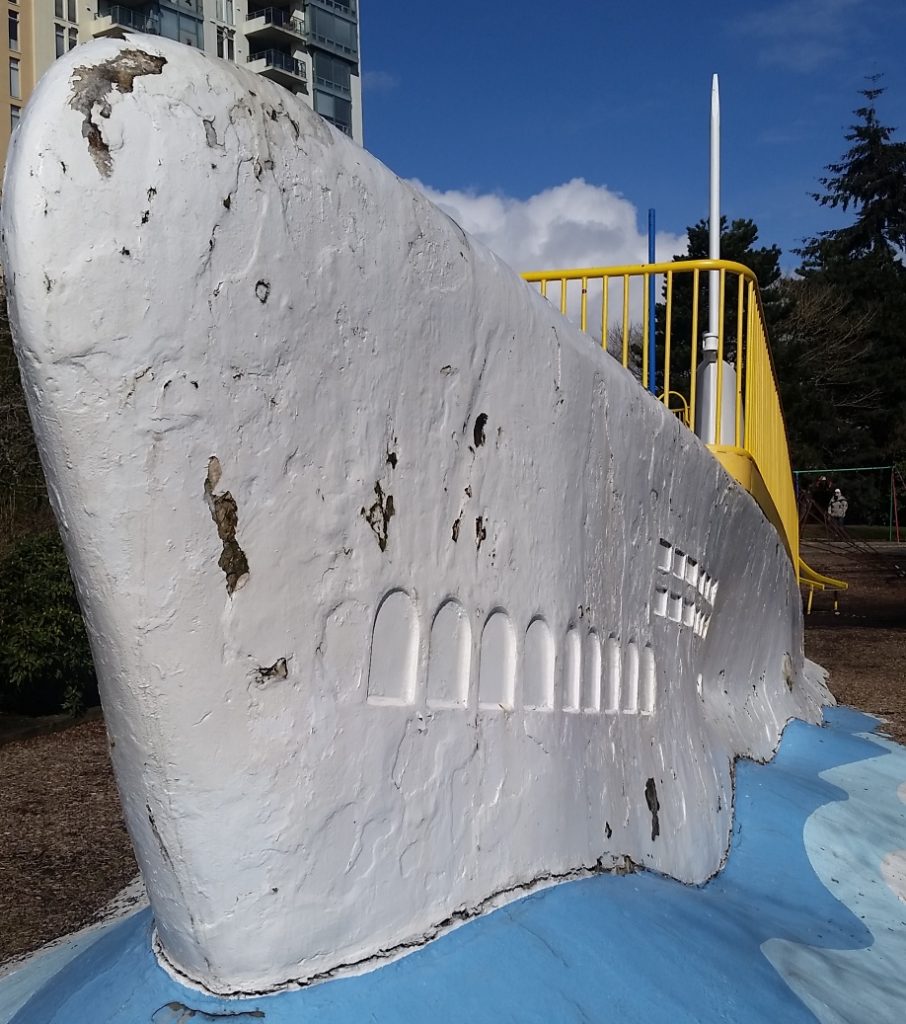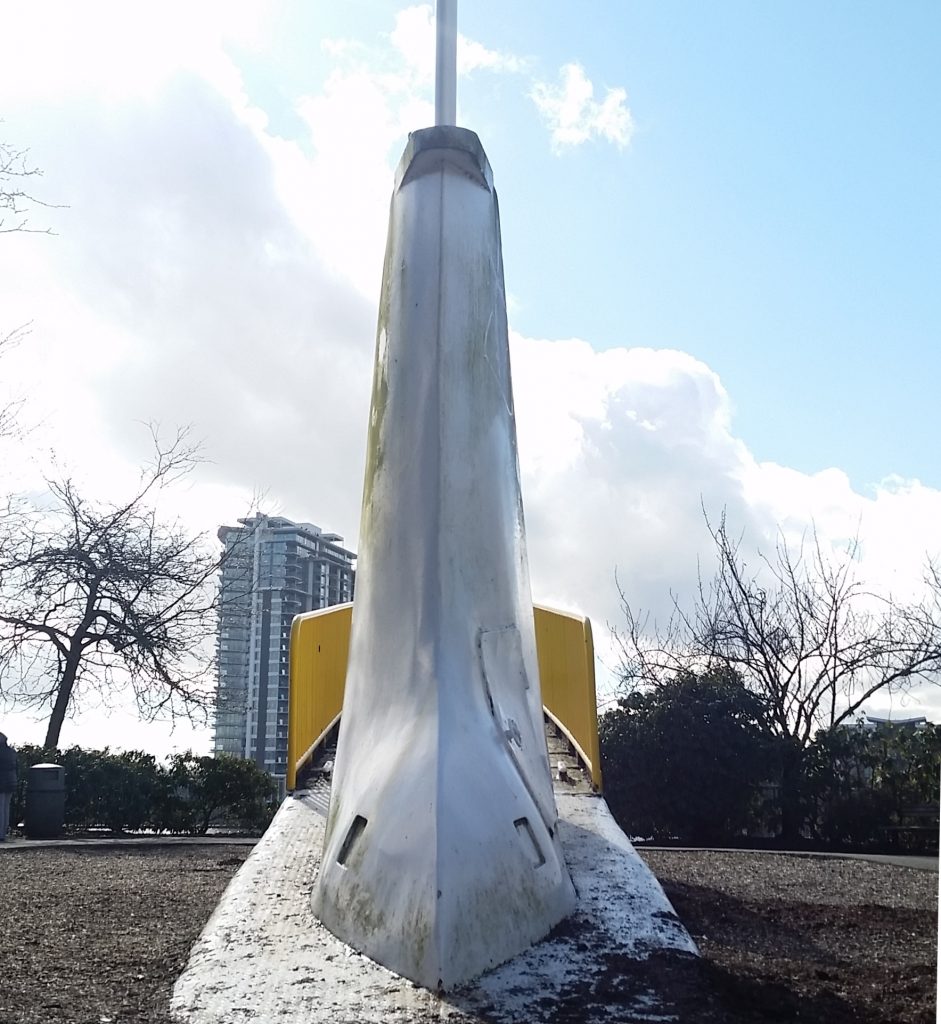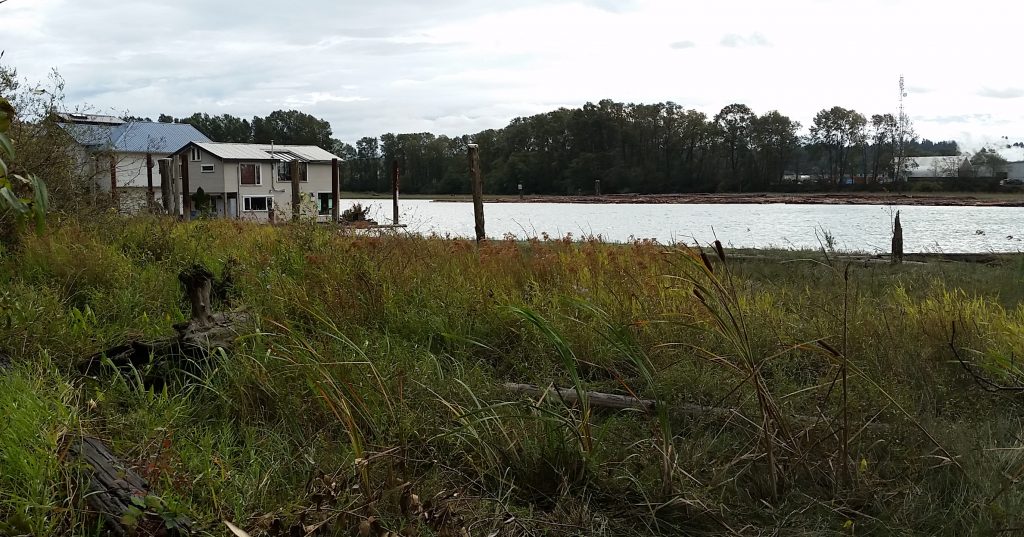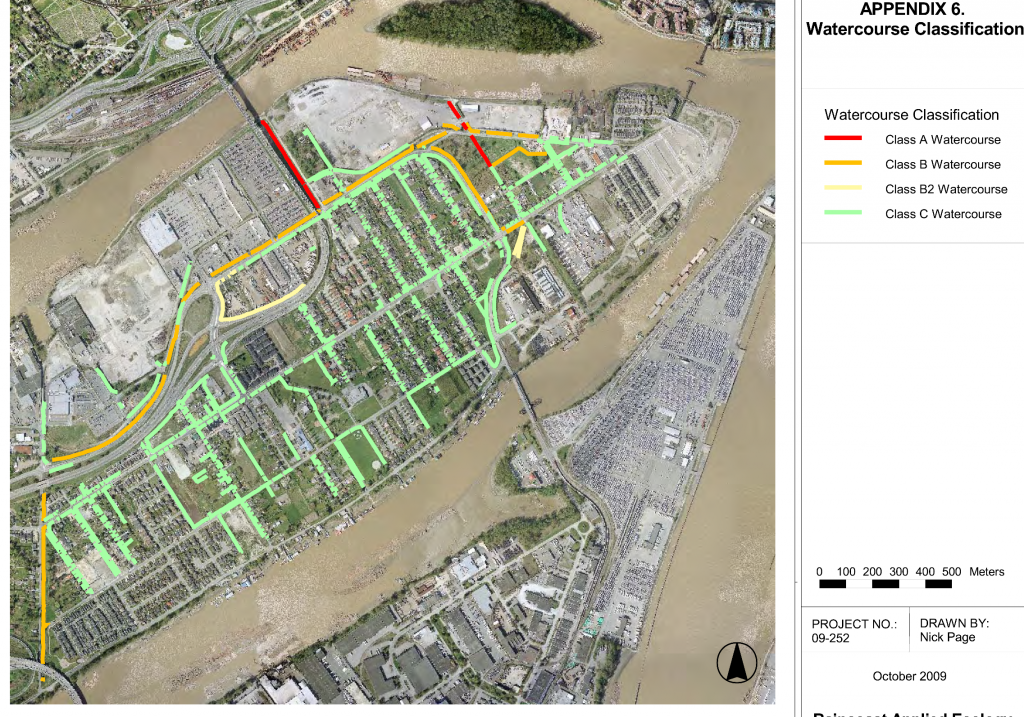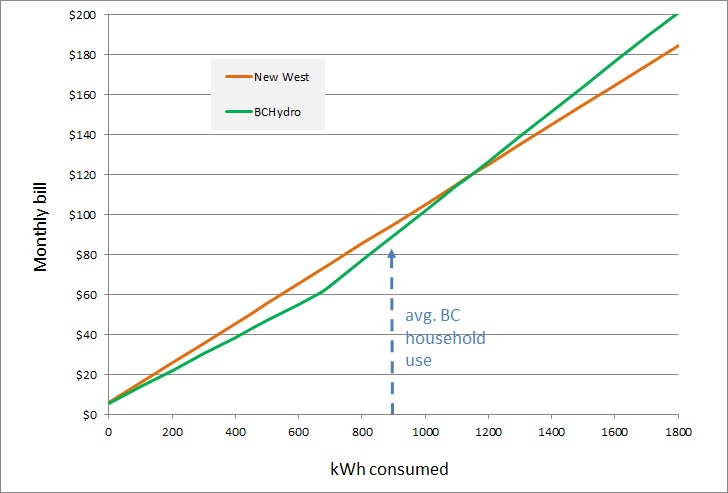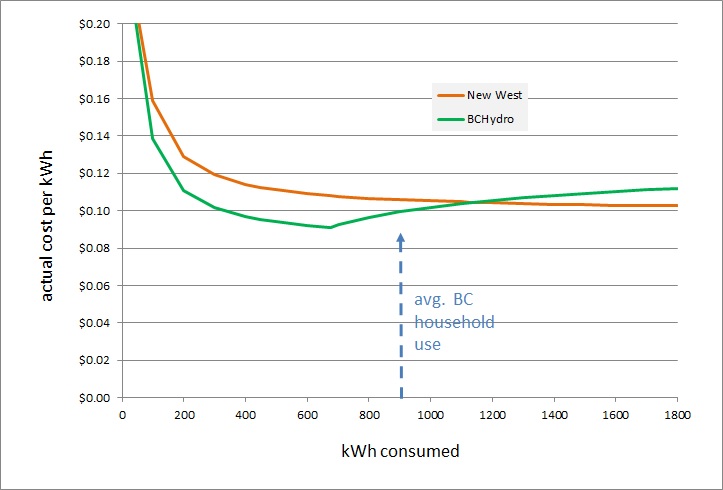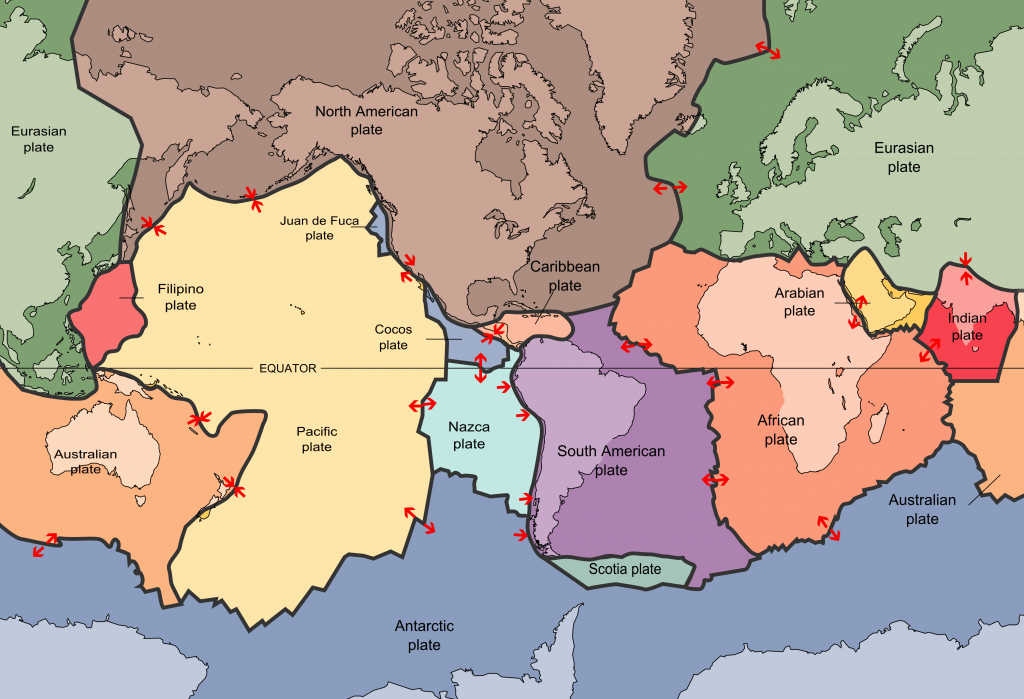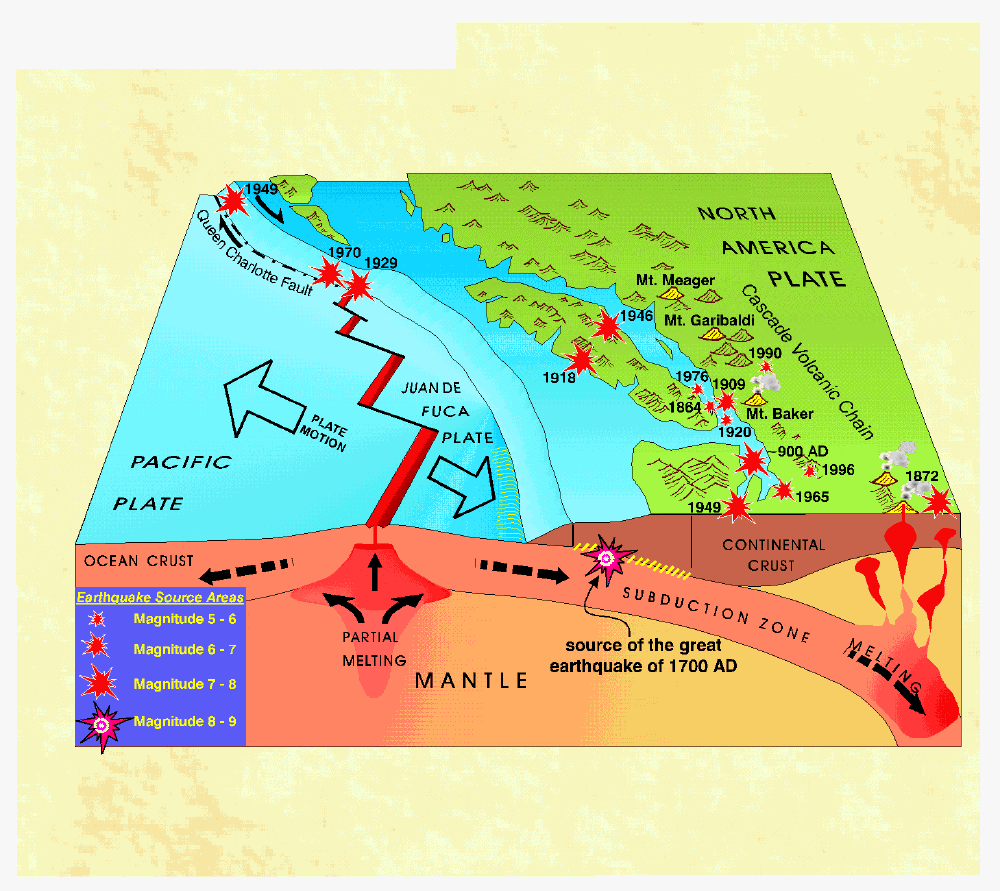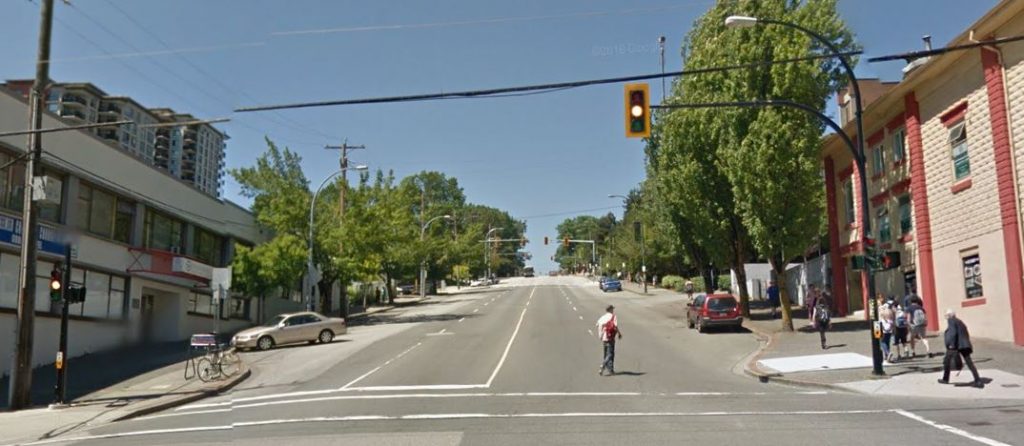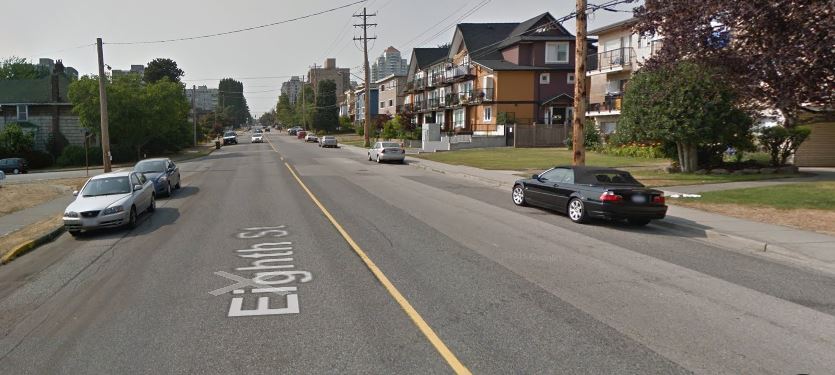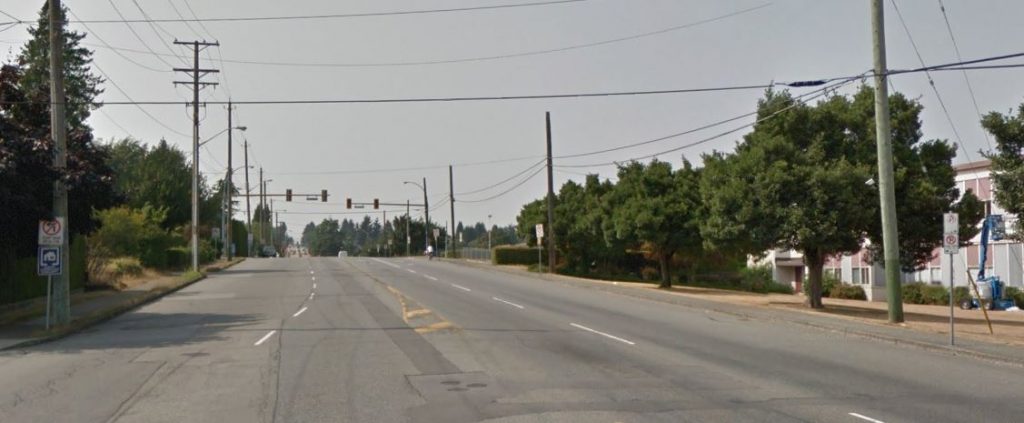Duke of Belyea asks—
Hi Pat, perhaps the notion of the Anvil Center being a white elephant could be dispelled if you or the City could show the actual revenue/expense numbers for the facility.
First, on the premise, I disagree with you. Second, on the solution, I wish it was that simple.
I do not think critics of the Anvil Centre (or indeed critics of Council) will ever be convinced that it is anything but a white elephant. Specific residents of Coquitlam will write occasional long-winded factually-challenged screeds to the Record for some time, using the Anvil as an example of New Westminster’s failures, regardless of any success seen around or within the Anvil. That is just political bullshit theatre we need to live with, and facts will not change it, because the Anvil is more than building, it is a totem around which previous elections were fought and lost. Some people never stop fighting yesterday’s battles.
The premise further relies on measuring the success or failure of Anvil on a balance sheet of effort-in & revenue-out. I simply don’t see it that way. To explain that, we need to clarify what the Anvil is, and what a City does.
For one building, The Anvil Centre has purposes to fill a long paragraph (noting, for full disclosure, that I was not on Council when these conversations and decisions were made):
The Office Tower was conceived as an economic driver for Downtown, but since the City sold it off for more than it cost to build (success?), the City no longer had much say in how it is operated. The owners have every right to set their rent and manage their incentives any way they see fit, regardless of whether it serves the larger purposes of the City. The restaurant space is finally leased, and although later than we may have liked, I think we will have an operating restaurant that fills a niche in the City, brings attention to Columbia and 8th, and becomes a revenue driver for the City. I’m not sure how you measure the success of the shift of the Museum, Archives, and Lacrosse Hall of Fame to this venue. They have been relocated from various other locations to a central cultural hub, which also freed up space in those other venues. The New Media Gallery has quickly become one of the region’s most important artistic venues, drawing visitors and raves from around the region. Conference services are on or ahead of target for bookings and revenues, the program at the Theatre is (slowly) coming along, and the numerous arts and culture programs on the 4th floor are similarly starting to fulfill the original vision for activating the Arts in our City. All of these tangible purposes are wrapped up in the larger benefit of turning a windfall (the DAC funding) into a community asset to replace a failing retail strip at the renewed gateway to our central business district.
This brings us to your solution to the inevitable political push-back: a simple spreadsheet that outlines the costs and recoveries from the Anvil. I suppose it is doable, as the City’s Financial Plan and backing documents are openly reported, and every input and output is buried in those spreadsheets somewhere. But it would be really complicated, simply because the Anvil is not a single entity operating separate from the rest of the City.
The museum and archives have always cost money to operate; moving them to the Anvil doesn’t change that. The old Hall of Fame site is now home to a very popular and revenue-generating recreation program: is that success part of the Anvil, though it is located at the Centennial Community Centre? The City’s Arts Programmer works out of the Anvil, but also administers the City’s Public Art program, which is funded through a combination of fees, sales revenues, and taxes – how does that balance sheet overlap with Anvil’s? Even the Conference Services, which are a revenue-generation aspect of the Anvil, share resources with other departments (especially the theatre and our catering contractor), and rely on an integrated operation to be successful. There are staff who spend part of their time doing Anvil-related things, and part of their time working at other facilities, just as the toilet paper and photocopier toner at Anvil are bought as part of City-wide operations. The tax revenue for the office tower is higher than it was when the space was a one-story retail space, but that tax enters general revenue, and needs to be measured against opportunity cost if a private developer had taken over that site… the list goes on.
I guess it sounds like I am creating a list of excuses of why not, instead of addressing your original concern. Lyrical gentlemen from Coquitlam will accuse me of “spinning” the facts here for political reasons – the same way they would accuse any spreadsheet produced of doing the same thing. So if you want a spreadsheet to solve a political problem, I suggest it won’t work. So why spend valuable staff time producing it?
I tend to agree with one idea buried in your premise, and maybe an answer to that last question: we need to find a better way to share our financial information in the City. Although all reporting is “open”, I am afraid our efforts towards “transparency” is a little clouded by the complicated way that Public Service Accounting Standards are regulated and performed. Even as a City Councillor exposed to this stuff all day, I am sometimes challenged to create connections between line items in spreadsheets. There is a lot of Accountant Talk here, and with all due respect to the profession, they are no better than others at explaining to lay people just what the hell they are doing. I’m not sure what the answer is from a public engagement viewpoint, but suspect (hope?) we can do better. I’m just not sure it will ever be enough to satisfy some Letter-to-the-Editor authors, and maybe that shouldn’t be our goal. However, we do need to find ways to translate our financial reporting so residents and businesses can be confident that their money is being spent wisely.
I am pretty sure of one thing: any honest accounting would reveal the City spends more money on operations at the Anvil than it receives in revenue from Anvil operations. Just as it spends more money on the Canada Games Pool than revenue earned, or the all-weather playing field at Queens Park, or the Queensborough Community Centre, or the Library. I suppose there is a discussion that could be had about which of these operations community assets would need to show a financial profit to be considered “successful” in the City, but I don’t think that is where you were going with this question.
I also think there are improvements we can do to make Anvil run better, especially in opening up the first floor to more public use and making the entire centre more inviting. That is an ongoing discussion, and one very much worth having.
